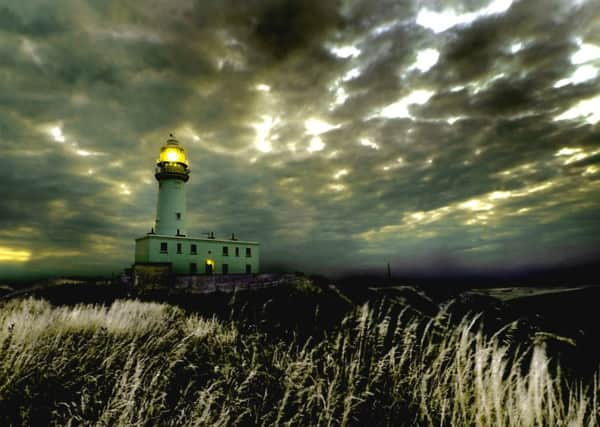Picture Post: Lighting up the sky as the storm clouds gather


Lying between the bays of Bridlington and Filey, the headland is home to two lighthouse towers. One was built in 1806 and was Grade II listed by English Heritage in 1952.
The other has stood for more than 150 years longer. Completed in 1674, the chalk tower at Flamborough is the oldest complete lighthouse still standing in England today. It was the brainchild of Sir John Clayton, who had a Royal Charter to build five lighthouses along the east coast.
Advertisement
Hide AdAdvertisement
Hide AdUnfortunately, Sir John turned out not to be the best of businessmen. The deal he struck stipulated that he could only collect dues from passing ships when all five had been built. Sir John ran out of money before the project was ever finished and as a result, Flamborough’s chalk tower was never lit once.
Nevertheless it would have provided a prime viewpoint for the Battle of Flamborough Head in 1779, which saw the American Navy pitched against the British in the inhospitable waters of the North Sea.
It’s much more sedate these days. In fact the only battles that take place nearby are on the golf course. The Flamborough Head Golf Club was founded in 1931, and is described as ‘the friendliest club on the coast’. The picturesque landscape boasts an 18 hole course moulded around the contours of the headland.
The clubhouse offers a spectacular panoramic view of the North Sea and the two lighthouses, which stand next to the fifth tee.
Advertisement
Hide AdAdvertisement
Hide AdFlamborough Head’s cliffs have been designated a Site of Special Scientific Interest for both geological and biological reasons and the cliffs that house the two lighthouses also provide a home to many thousands of sea birds, including puffins and gulls.
It is also Britain’s only northern chalk sea cliff. The chalk is estimated to be between 70 and 100 million years old, which has led it to become identified as being of international importance in the Geological Conservation Review.
Technical details: Nikon D3’s, Lens Nikon 12-24mm, Shutter Speed 10s, Aperture f/22, ISO 1 EV under 200.
Picture: James Hardisty
Words: Sarah Freeman